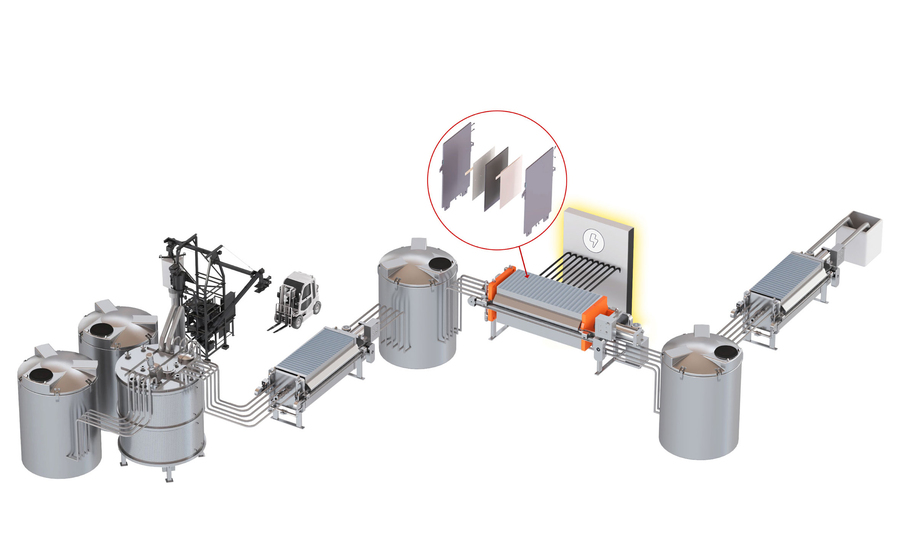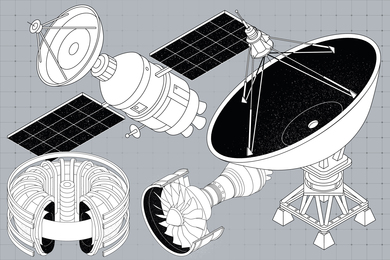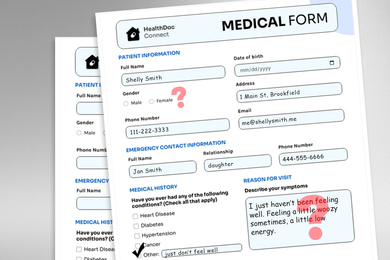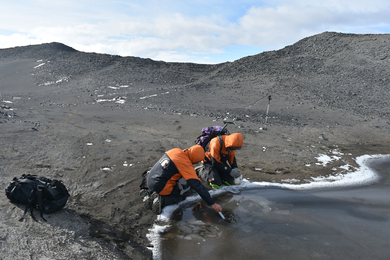Top News
Today’s Featured News
In the Media
Community Updates
Featured Multimedia
“Orient yourself not just toward the construction and acquisition of new tools, but to the needs of people,” said science communicator Hank Green, in the OneMIT ceremony keynote remarks. He urged MIT’s newest graduates to focus their work on the “everyday solvable problems of normal people,” even if it is not always the easiest or most obvious course of action.
MIT has launched the Initiative for New Manufacturing (INM)—a bold effort to re-imagine how we make things in the 21st century. Building on MIT’s founding legacy in manufacturing, INM brings together leading faculty and industry partners to drive advances in productivity, resilience, sustainability, and workforce development.
In a world without MIT, radar wouldn’t have been available to help win World War II. We might not have email, CT scans, time-release drugs, photolithography, or GPS. And we’d lose over 30,000 companies, employing millions of people. Can you imagine?
MIT students, along with cross-registered students from Harvard and Wellesley, explore the intersection of mechanics and biology in MIT Mechanical Engineering class Molecular Cellular and Tissue Biomechanics. Hands-on lab learning in campus makerspaces invites students to investigate emerging research in biomechanics and mechanobiology and build with biology.
TactStyle, a system developed by CSAIL researchers, uses image prompts to replicate both the visual appearance and tactile properties of 3D models and could have far-reaching applications extending from home decor and personal accessories to tactile learning tools.
Since its founding, MIT has been key to helping American science and innovation lead the world. Discoveries that begin here generate jobs and power the economy — and what we create today builds a better tomorrow for all of us.
































